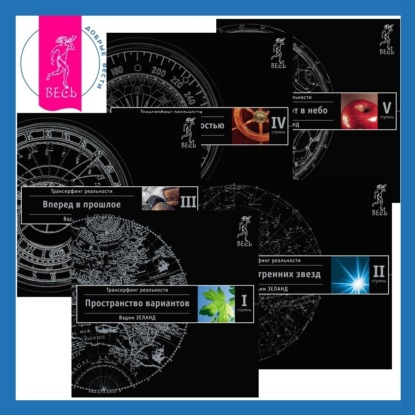Systematic Inorganic Chemistry OF THE FIFTH-AND-SIXTH-GROUP NONMETALLIC ELEMENTS by DON M. YOST frofessor of Inorganic Chemistry California Institute of Technology and HORACE RUSSELL, JR. Instructor in Chemistry California Institute of Technology New York PRENTICE-HALL, 1946 Preface Inorganic chemistry has undergone a marked transition in the last three decades as it has grown from an almost purely descriptive branch of science to a field in which all of the modern developments of physics and chemistry find application. In this field the quantum theory plays an important role in the establishment of energy states and molecular structures and in the explanation of the periodic law thermodynamics finds application in the prediction of the degree of completion of chemical reactions at equilibrium statistical mechanics makes possible the calcu lation of the thcrmodynamic properties of substances from atomic and molecular data and deepens our insight into the still unsolved problems of the rates of chemical reactions finally, the phenomena of natural and artificial radioactivity not only increase our knowledge of the funda mental structure of matter but also, through the use of radio-elements as tracers, greatly extend our understanding of the mechanisms of chemical reactions. From these considerations it is evident that any discussion of a chemical element or compound is complete only when the spectroscopic, structural, thcrmodynamic, chemical kinetic, and nuclear properties have been considered. In addition to these more modern aspects of the subject, due consideration must be given to the older, humbler, but nevertheless important, chemical facts that one finds in simple experiments with test tubes, beakers, and flasks. Since the field of inorganic chemistry embraces all of the chemical elements, a complete discussion of the whole subject would require volumes to record. Therefore, the authors have chosen to cover a selected list of chemical topics and to include in the discussion of each enough of both the old and the new chemistry to bring out the most important features of the substances examined. The subject matter of this book is devoted to the inorganic chemistry of the nonmetallic elements of the fifth and sixth groups of the periodic system. These elements and their compounds, besides being of great practical and theoretical interest in themselves, exhibit, in their properties and reactions, characteristics that arc common to many other substances both inorganic and organic. The factual material chosen for presentation has been selected as critically as possible, and the sources are the original literature or the results of the authors own researches. The quanti tative information presented was taken, for the most part, without change directly from original articles describing what appear to be the most vii viii PREFACE reliable investigations available. Since it is not always possible to make a selection of experimental data on a purely objective basis, in doubtful cases some allowance must be made for the opinions of the authors. But a survey of a field of science from a purely critical point of vie 1 does not satisfy all of the needs of the research man or advanced studf Also needed is material of a stimulating nature that will suggest fields the, require further research for their more complete understanding. Tn the topics presented in this book, the reader will find many problems worthy of the serious attention of research workers in both pure and applied chemistry. Further, the advanced student should gain from the topics discussed a feeling for the present state of knowledge, and an appreciation of what has been accomplished in the past and what may be reasonably expected of the future... Это и многое другое вы найдете в книге Systematic Inorganic Chemistry (Don. M Yost)
Systematic Inorganic Chemistry Don. M Yost (книга)
Подробная информация о книге «Systematic Inorganic Chemistry Don. M Yost». Сайт не предоставляет возможности читать онлайн или скачать бесплатно книгу «Systematic Inorganic Chemistry Don. M Yost»















